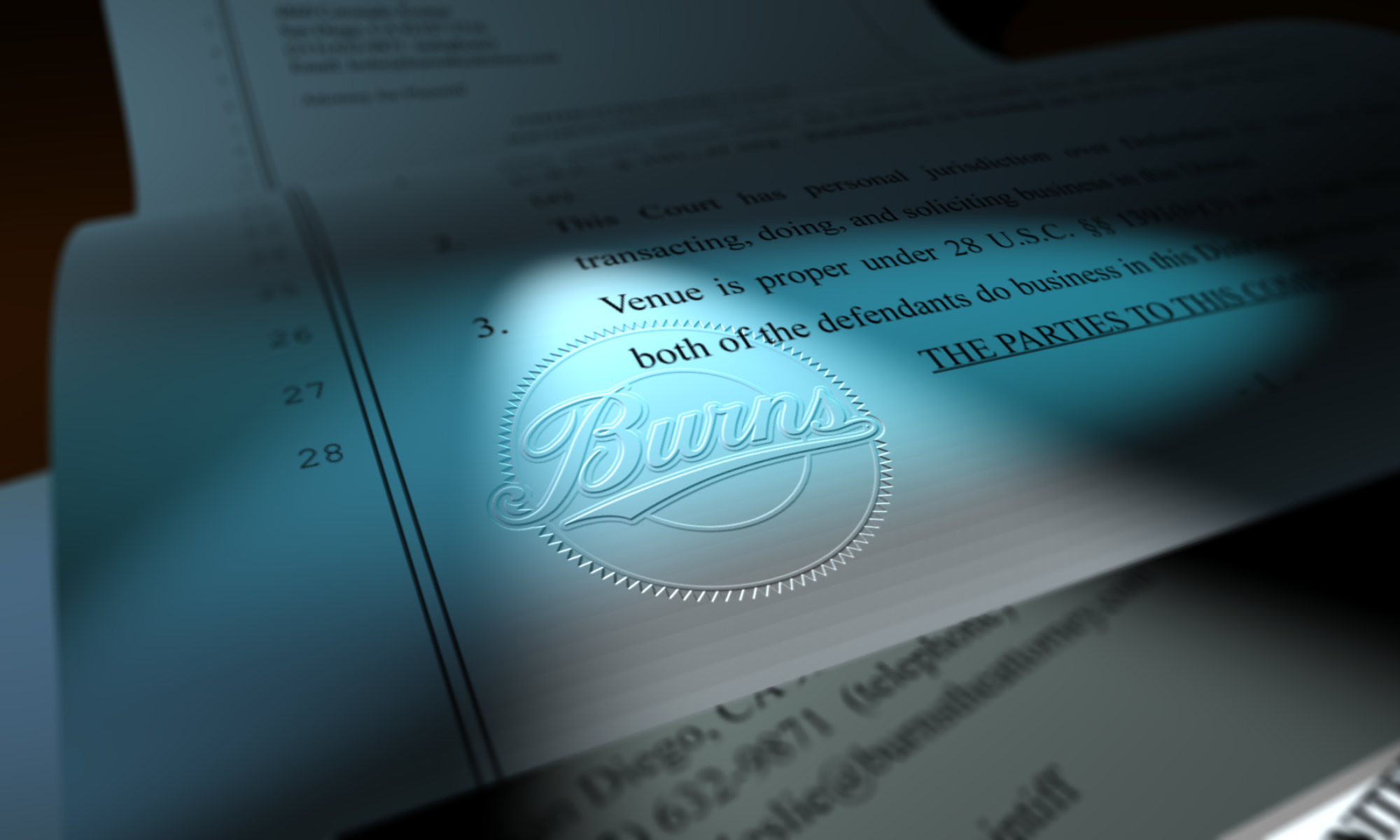On PDN there is a post about a ruling Judge (Justice nominee) Sotomayor was a part of (she was one of 3 on the panel). People are trying to use this ruling to show she is anti-photographer somehow.
I’d like to point out what I think is the important part of the ruling as quoted, rather than go on about how this ruling is anti-photographer–because I don’t think it does prove any bias against photographers. It looks like the panel was applying the facts and following the law.
The quote from the ruling:
Usher asserts that the district court erred by failing to incorporate the uniqueness of his images into the calculation of damages. But, under Grace, a district court is not required to specifically address uniqueness when, due to inadequate record-keeping, it is impractical or impossible to evaluate.
I added the bold to point out what I think is a crucial take-away from this: if there had been better records to prove the value of the images, the results would have been different. A court is required to take uniqueness into account, according to the above, except in situations where it is “impractical or impossible to evaluate” because there are not sufficient records to do so.
Now, before everyone gets their panties in a twist, let me say that I don’t like the ruling any more than any other supporter of photographers. It’s a kick in the teeth. I feel for the photographer–it’s a heartbreaking loss, I’m sure.
But, the members of the industry must accept responsibility for their own actions and not only lay blame. In an ideal world a photographer would not have to prove the value and/or uniqueness of his(her) work, at least not to the degree that is now required. But this isn’t a perfect world–it’s the real world and while we work for change, we are bound by the rules as they are now. The rules require good records to prove uniqueness and value.
Photographers, like many other creatives, have a tendency to be lousy at keeping good records. It’s a pain in the ass to do, sure, but it’s an important part of your business. You need to be able to track YOURSELF what image has earned what, to show that, for example, a particular stock image has brought in $100,000 in licensing over the years and now, after it being ripped off, is bringing in almost nothing. The courts just do not care if you think your image is worth $100,000 (or whatever), you have to be able to prove it. Otherwise, fair or not, they’re going to fall back on the default methodology for determining value and that’s minimal.
Relying on the stock house (note: NOT agency anymore…they aren’t looking out for your best interests!) to keep the records is essentially asking the wolf to tell you how many chicken are in the henhouse.
Getting back to this actual case, I have NOT read all the docs and I don’t know if there were a bunch of records or other proof that the courts ignored or discounted. It doesn’t seem likely, but anything is possible, of course. Regardless, to use a ruling like this to leap to the conclusion that Sotomayor is anti-photographer is too big of a leap. I’m not saying she’s fabulous, I’m just saying let’s not rush into a judgment about that yet.
(and whenever I talk about anything legal these days, I must remind everyone that I am NOT a lawyer and this is in no way legal advice–just personal opinion.)
